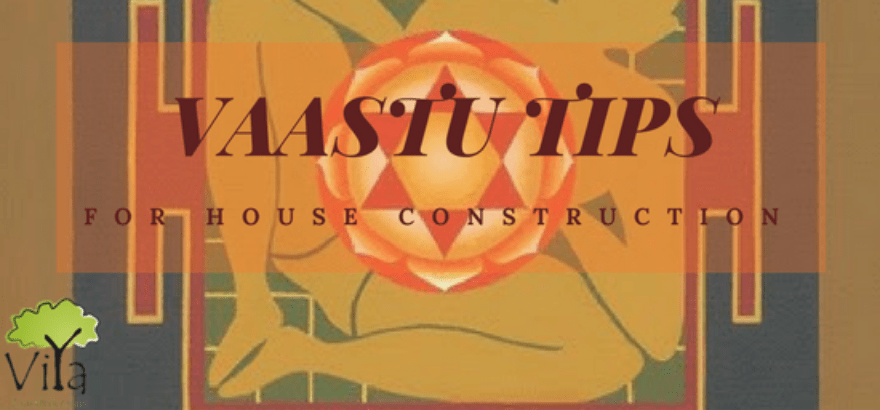Ancient homes have prospered by the implementation of Vasthu. Traditional techniques create well being in the built space by incorporating passive solar designs and environment friendly solutions. These measures add positive energies into the building through air and light, at the same time remove negative energies like microbes, toxic gases and viruses. Let us now look at some of the traditional techniques in Vasthu for house construction.
Tips in Vasthu for house construction
Significance of Vasthu in Traditional Indian Architecture
Most of the traditional Indian homes looks very similar with the thatched sloping roof, central courtyard and overall layout of the rooms. This is because these homes have imbibed the essence of Vasthu through a few prototype designs. Many generations who lived in such houses experienced enriched relationships and harmony among people.
Looking in to the details of each of these subtle Vasthu implementation can throw light to the impact of the same on the house and its occupants.
Relevance of Vasthu on Building Designs
The traditional homes usually have a central courtyard (Nadumuttam) that allows sunlight and fresh air to permeate the interiors of the buildings throughout the year. It acts as a place for community gathering during harsh winters and makes hot summers bearable with cool winds. According to the Vasthu principles, through the center of every building runs the central energy axis or the Brahma Sutra. Careful design of the building, utilizing the Brahma sutra brings prosperity and well being to the inhabitants of the home. The ancient Indian row houses (or Agraharam) makes use of this principle where the Brahma sutra acts as a channel for Praana replenishment for the occupants.
The presence of long verandahs in the houses increase the social interaction of the family with the neighbourhood. This space helps to keep a clear distinction in the way a close friend and a stranger are treated. They also act as buffers or connectors to enhance movement of air with in the building. The well located doors and windows present in each room aid natural movement of air. This keeps the rooms cool at all times. Most traditional houses have small ventilators high up on the walls apart from windows. These ventilators pushes away the hot air circulating in the rooms, making way for cool air to gush in. Furthermore, the adjacent water bodies act favorably to keep the temperature pleasant within the house.
Relevance of Vasthu on Landscape
Vasthu principles ascertains that nature is a good source of energy, and living close to nature can increase the well being of occupants. The rear garden connects the residents to the nature and the relationship is a great energy source. In modern day dwellings, a sit-out or terrace with potted plants takes the place of the rear garden. Medicinal plants like Tulsi and Neem are usually present in every household. Cultivating medicinal plants, herbs and shrubs bearing flowers used for puja in temples, add positive energy with their healing powers and fragrance.
The waste water from animal sheds and kitchen are diverted as small channels to irrigate vegetable garden. This is a good way to remove waste water naturally and sustain a vegetable garden without depleting fresh water sources. Traditional homes took advantage of natural slopes by creating rainwater catchment through sloped gardens with brick linings.
Relevance of Vasthu on Lifestyle
Celebrating festivals and ceremonies tighten the togetherness and build harmony among the family and society. Such occasions enrich relationships and impart team work among the families. Rituals like limewash on walls, red earth application and cow-dung thatches held systematically during special days keep ants, termites and rodents away. Periodic fumigation of the house with incenses, herbs and plants cleanses the air.
Vedic rituals to Lord Agni involving offerings like ghee, darbai grass, banyan shoots, cow-dung cakes and fragrant woods amidst chants create positive energy. It also helps to remove negative elements from the environment. Ornamentation of houses with rice flour (kolam) and crafts made using glass, embroidery, fabric and wood works enhance aesthetics of the house.
Implementation of these passive solar designs and environmental friendly solutions add positive energy to the building through air and light. Also, it helps to remove negative energies like microbes, toxic gases and viruses imparting good health to the occupants.
Vaasthu is a way of creating built spaces that bestow well being for the entire family. If you are planning to incorporate Vaasthu wisdom into your dream home construction, drop in at our office to have a chat with the Vaasthu experts at Viya.
